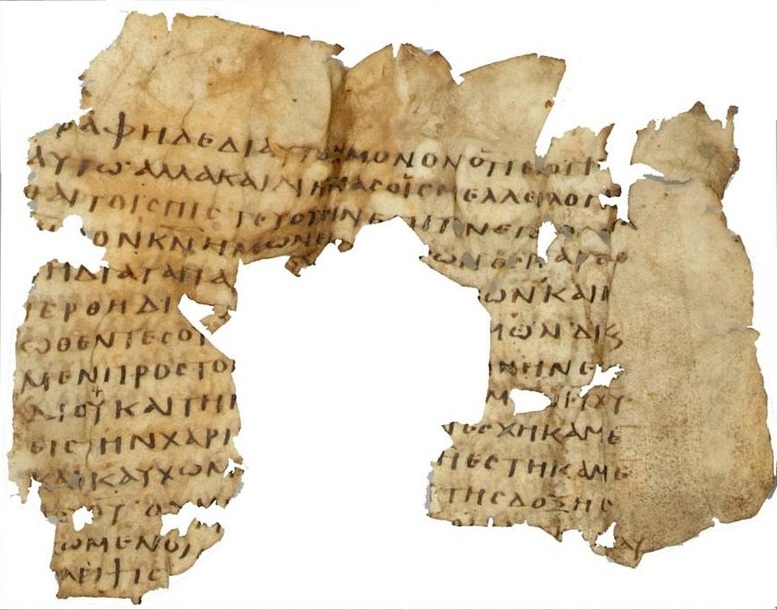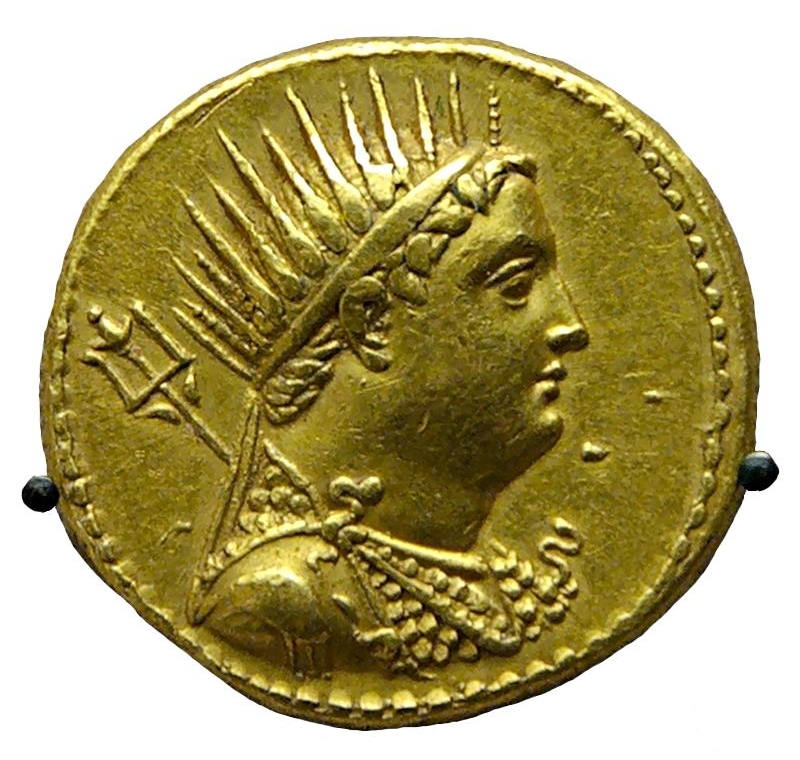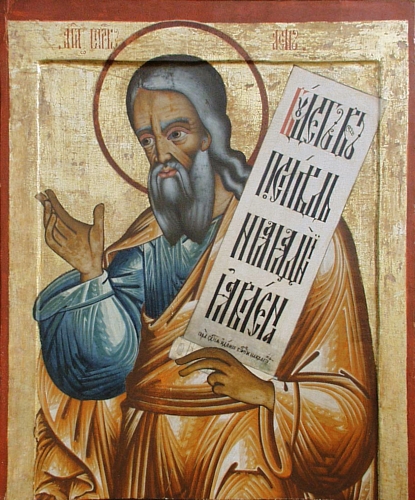|
Codex Vyssegradensis
The Vyšehrad Codex (; Latin ''Codex Vyssegradensis''), also known as the ''Coronation Gospels of King Vratislaus'', is a late 11th-century illuminated Romanesque Gospel Book, which is considered the most important and most valuable manuscript kept in Bohemia (Czech Republic). Its extremely rich iconography and its visual components rank it among the most precious illuminated manuscripts of the second half of the 11th century in Europe. It was probably made at the order of Czech diplomats to honour an anniversary of the Czech King Vratislav's coronation which took place in 1085 (Vratislav was the first king of Bohemia, which was previously a dukedom). The codex is of Danubian provenance, and closely related to three other surviving manuscripts – two of them now in Poland and one in the Prague Chapter Library. They probably originated in the circle of the scriptorium at the Monastery of St. Emmeram in Regensburg. The manuscript is now located in the Czech National Library, Pra ... [...More Info...] [...Related Items...] OR: [Wikipedia] [Google] [Baidu] |
Prague
Prague ( ; ) is the capital and List of cities and towns in the Czech Republic, largest city of the Czech Republic and the historical capital of Bohemia. Prague, located on the Vltava River, has a population of about 1.4 million, while its Prague metropolitan area, metropolitan area is home to approximately 2.3 million people. Prague is a historical city with Romanesque architecture, Romanesque, Czech Gothic architecture, Gothic, Czech Renaissance architecture, Renaissance and Czech Baroque architecture, Baroque architecture. It was the capital of the Kingdom of Bohemia and residence of several Holy Roman Emperors, most notably Charles IV, Holy Roman Emperor, Charles IV (r. 1346–1378) and Rudolf II, Holy Roman Emperor, Rudolf II (r. 1575–1611). It was an important city to the Habsburg monarchy and Austria-Hungary. The city played major roles in the Bohemian Reformation, Bohemian and the Protestant Reformations, the Thirty Years' War and in 20th-century history a ... [...More Info...] [...Related Items...] OR: [Wikipedia] [Google] [Baidu] |
Tree Of Jesse
The Tree of Jesse is a depiction in art of the ancestors of Jesus Christ, shown in a branching tree which rises from Jesse (biblical figure), Jesse of Bethlehem, the father of King David. It is the original use of the family tree as a schematic representation of a genealogy. The Tree of Jesse originates in a passage in the biblical Book of Isaiah which describes metaphorically the descent of the Messiah and is accepted by Christians as referring to Jesus. The various figures depicted in the lineage of Jesus are drawn from those names listed in the Gospel of Matthew and the Gospel of Luke. The subject is often seen in Christian art, particularly in that of the Medieval art, medieval period. The earliest example is an illuminated manuscript that dates from the 11th century. There are many examples in medieval psalters, because of the relation to King David, son of Jesse, and writer of the Psalms. Other examples include stained glass windows, stone carvings around the portals of ... [...More Info...] [...Related Items...] OR: [Wikipedia] [Google] [Baidu] |
Gospel Books
Gospel originally meant the Christian message ("the gospel"), but in the second century AD the term (, from which the English word originated as a calque) came to be used also for the books in which the message was reported. In this sense a gospel can be defined as a loose-knit, episodic narrative of the words and deeds of Jesus, culminating in his trial and death, and concluding with various reports of his post-resurrection appearances. The Gospels are commonly seen as literature that is based on oral traditions, Christian preaching, and Old Testament exegesis with the consensus being that they are a variation of Greco-Roman biography; similar to other ancient works such as Xenophon's ''Memoirs of Socrates''. They are meant to convince people that Jesus was a charismatic miracle-working holy man, providing examples for readers to emulate. As such, they present the Christian message of the second half of the first century AD, Modern biblical scholars are therefore cauti ... [...More Info...] [...Related Items...] OR: [Wikipedia] [Google] [Baidu] |
Lambeth Bible
The Lambeth Bible is a 12th-century illuminated manuscript (perhaps produced circa 1150–1170), among the finest surviving giant Bibles from Romanesque England. It exists in two volumes; the first is in Lambeth Palace Library (MS 3), where it has been housed since the library's establishment in 1610, as verified by Archbishop Bancroft's manuscript catalogue. This volume covers Genesis to Job on 328 leaves of vellum measuring circa 520 x 355 mm; the second incomplete volume (covering Psalms to Revelation) is in the Maidstone Museum & Art Gallery (MS P.5). The style of the illumination is clearly influenced by the work of Master Hugo, the illuminator of the Bury Bible. The Lambeth Bible bears close stylistic resemblance to the Gospel book made for Abbot Wedric of Liessies Abbey (Hainault) in 1146, of which only two leaves survive (the rest having been destroyed at Metz in World War II), now in Avesnes-sur-Helpe Avesnes-sur-Helpe (; ), Picard language, Picard: ''Avinne-su-He ... [...More Info...] [...Related Items...] OR: [Wikipedia] [Google] [Baidu] |
Chartres Cathedral
Chartres Cathedral (, lit. Cathedral of Our Lady of Chartres) is a Catholic cathedral in Chartres, France, about southwest of Paris, and is the seat of the List of bishops of Chartres, Bishop of Chartres. Dedicated in honour of the Virgin Mary ('Our Lady'), it was mostly constructed between 1194 and 1220. It stands on the site of at least five cathedrals that have occupied the site since the Diocese of Chartres was formed as an episcopal see in the 4th century. It is one of the best-known and most influential examples of High Gothic and Classic Gothic architecture. It was built above earlier Romanesque architecture, Romanesque basements, while its north spire is more recent (1507–1513) and is built in the more ornate Flamboyant style. "[O]ne of the most beautiful and historically significant cathedrals in all of Europe," it was designated a World Heritage Site by UNESCO in 1979, which called it "the high point of French Gothic architecture, French Gothic art" and a "masterpiece ... [...More Info...] [...Related Items...] OR: [Wikipedia] [Google] [Baidu] |
Epistle To The Romans
The Epistle to the Romans is the sixth book in the New Testament, and the longest of the thirteen Pauline epistles. Biblical scholars agree that it was composed by Paul the Apostle to explain that Salvation (Christianity), salvation is offered through the gospel of Jesus in Christianity, Jesus Christ. Romans was likely written while Paul was staying in the house of Gaius (biblical figure), Gaius in Ancient Corinth, Corinth. The epistle was probably transcribed by Paul's amanuensis Tertius of Iconium, Tertius and is dated AD late 55 to early 57. Ultimately consisting of 16 chapters, versions of the epistle with only the first 14 or 15 chapters circulated early. Some of these recensions lacked all reference to the original audience of Christians in Rome, making it very general in nature. Other textual variants include subscripts explicitly mentioning Corinth as the place of composition and name Phoebe (biblical figure), Phoebe, a deacon of the church in Kechries, Cenchreae, as th ... [...More Info...] [...Related Items...] OR: [Wikipedia] [Google] [Baidu] |
Apostle Paul
Paul, also named Saul of Tarsus, commonly known as Paul the Apostle and Saint Paul, was a Apostles in the New Testament, Christian apostle ( AD) who spread the Ministry of Jesus, teachings of Jesus in the Christianity in the 1st century, first-century world. For his contributions towards the New Testament, he is generally regarded as one of the most important figures of the Apostolic Age, and he also founded Early centers of Christianity, several Christian communities in Asia Minor and Europe from the mid-40s to the mid-50s AD. The main source of information on Paul's life and works is the Acts of the Apostles in the New Testament. Approximately half of its content documents his travels, preaching and miracles. Paul was not one of the Twelve Apostles, and did not know Jesus during his lifetime. According to the Acts, Paul lived as a Pharisees, Pharisee and participated in the Persecution of Christians in the Roman Empire, persecution of early Disciple (Christianity), disciples ... [...More Info...] [...Related Items...] OR: [Wikipedia] [Google] [Baidu] |
Byzantine Art
Byzantine art comprises the body of artistic products of the Eastern Roman Empire, as well as the nations and states that inherited culturally from the empire. Though the empire itself emerged from the decline of Rome, decline of western Rome and lasted until the Fall of Constantinople in 1453, the start date of the Byzantine period is rather clearer in art history than in political history, if still imprecise. Many Eastern Orthodox states in Eastern Europe, as well as to some degree the Islamic states of the eastern Mediterranean, preserved many aspects of the empire's culture and art for centuries afterward. A number of contemporary states with the Eastern Roman (Byzantine) Empire were culturally influenced by it without actually being part of it (the "Byzantine commonwealth"). These included Kievan Rus', as well as some non-Orthodox states like the Republic of Venice, which separated from the Byzantine Empire in the 10th century, and the Norman-Arab-Byzantine culture, Kingdom o ... [...More Info...] [...Related Items...] OR: [Wikipedia] [Google] [Baidu] |
Halo (religious Iconography)
A halo (), also called a nimbus, aureola, aureole, glory or gloriole (), is a crown of light rays, circle or disk of light that surrounds a person in works of art. The halo occurs in the iconography of many religions to indicate holy or sacred figures, and has at various periods also been used in images of rulers and heroes. In the religious art of Ancient Greece, Ancient Rome, Christianity, Hinduism, and Buddhism (among other religions), sacred persons may be depicted with a halo in the form of a circular glow, or flames in Asian art, around the head or around the whole body—this last form is often called a mandorla. Halos may be shown as almost any colour or combination of colours, but are most often depicted as golden, yellow or white (when representing light) or as red (when representing flames). The earliest artistic depictions of halos were probably in Ancient Egyptian art. Ancient Mesopotamia and Persia Sumerian religious literature frequently speaks of ( in Akkad ... [...More Info...] [...Related Items...] OR: [Wikipedia] [Google] [Baidu] |
Jesse (biblical Figure)
Jesse ( ) or Yishai is a figure described in the Hebrew Bible as the father of David, who became the king of the Israelites. His son David is sometimes called simply "Son of Jesse" (''Ben Yishai''). The role as both father of King David and ancestor of Jesus has been used in various depictions in art, poetry and music e.g. as the Tree of Jesse or in hymns like "Es ist ein Ros entsprungen, Lo, how a rose e'er blooming." Biblical background Narrative According to the Bible, Jesse was the son of Obed (Biblical figure), Obed and the grandson of Ruth (biblical figure), Ruth and of Boaz. He lived in Bethlehem, in Judah, and was of the Tribe of Judah, he was a farmer, breeder and owner of sheep. He was a prominent resident of the town of Bethlehem. Jesse is important in Judaism because he was the father of the most famous King of Israel. He is important in Christianity, in part because he is in the Old Testament and mentioned in the genealogy of Jesus. Later rabbinic traditions name ... [...More Info...] [...Related Items...] OR: [Wikipedia] [Google] [Baidu] |
Isaiah
Isaiah ( or ; , ''Yəšaʿyāhū'', "Yahweh is salvation"; also known as Isaias or Esaias from ) was the 8th-century BC Israelite prophet after whom the Book of Isaiah is named. The text of the Book of Isaiah refers to Isaiah as "the prophet", but the exact relationship between the Book of Isaiah and the actual prophet Isaiah is complicated. The traditional view is that all 66 chapters of the book of Isaiah were written by one man, Isaiah, possibly in two periods between 740 BC and 686 BC, separated by approximately 15 years. Another widely held view suggests that parts of the first half of the book (chapters 1–39) originated with the historical prophet, interspersed with prose commentaries written in the time of King Josiah 100 years later, and that the remainder of the book dates from immediately before and immediately after the end of the 6th-century BC exile in Babylon (almost two centuries after the time of the historical prophet), and that perhaps these later cha ... [...More Info...] [...Related Items...] OR: [Wikipedia] [Google] [Baidu] |






